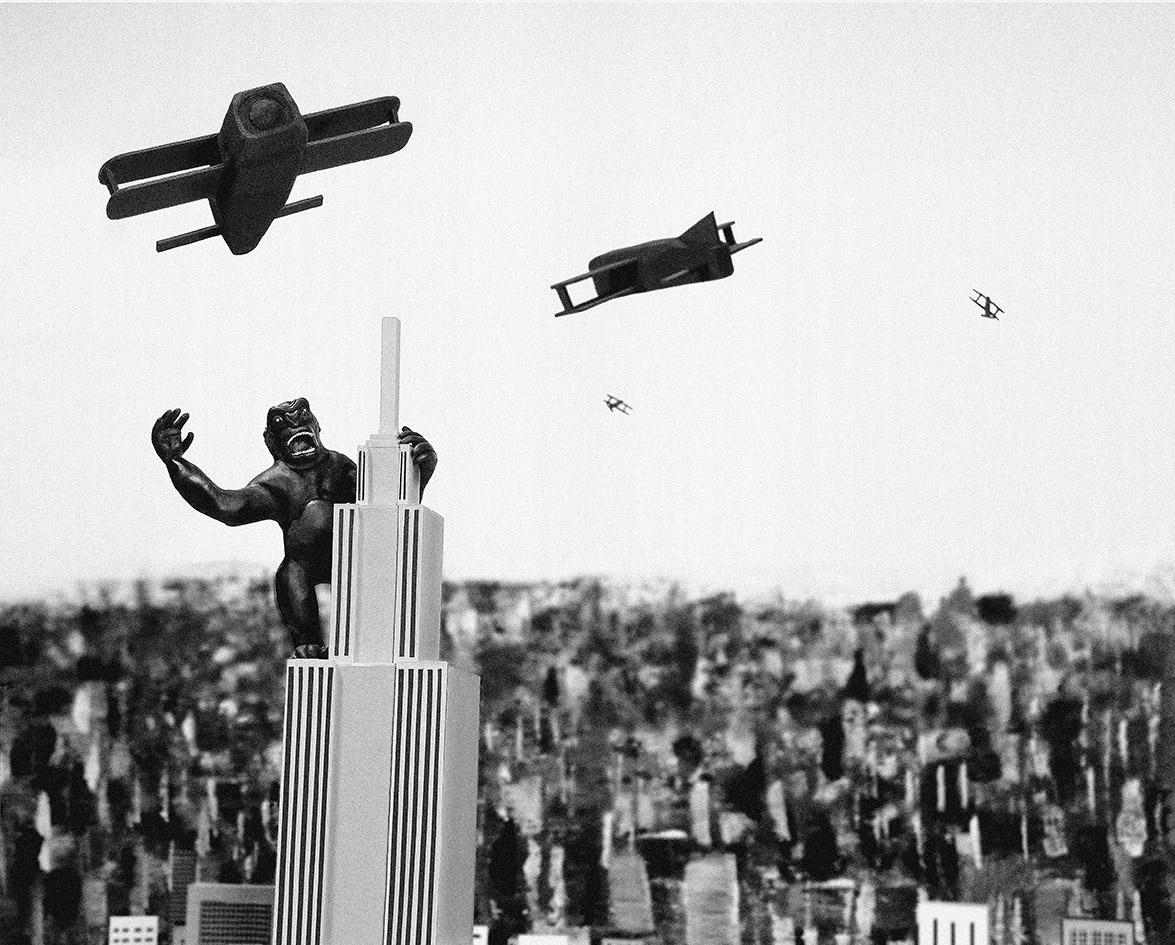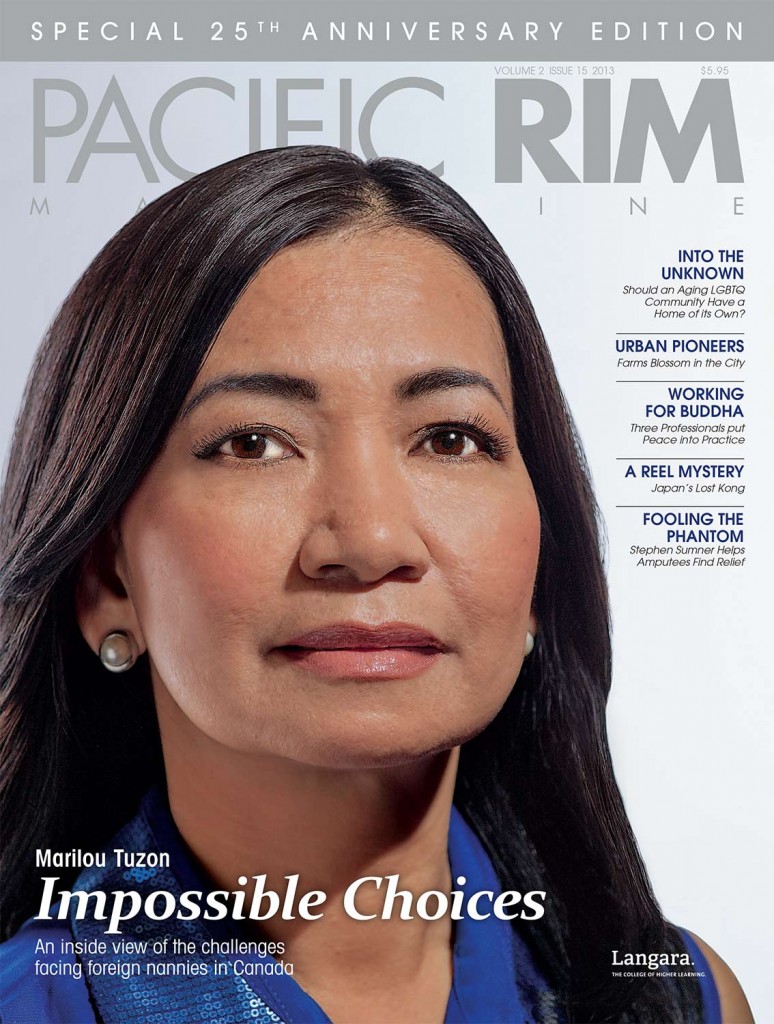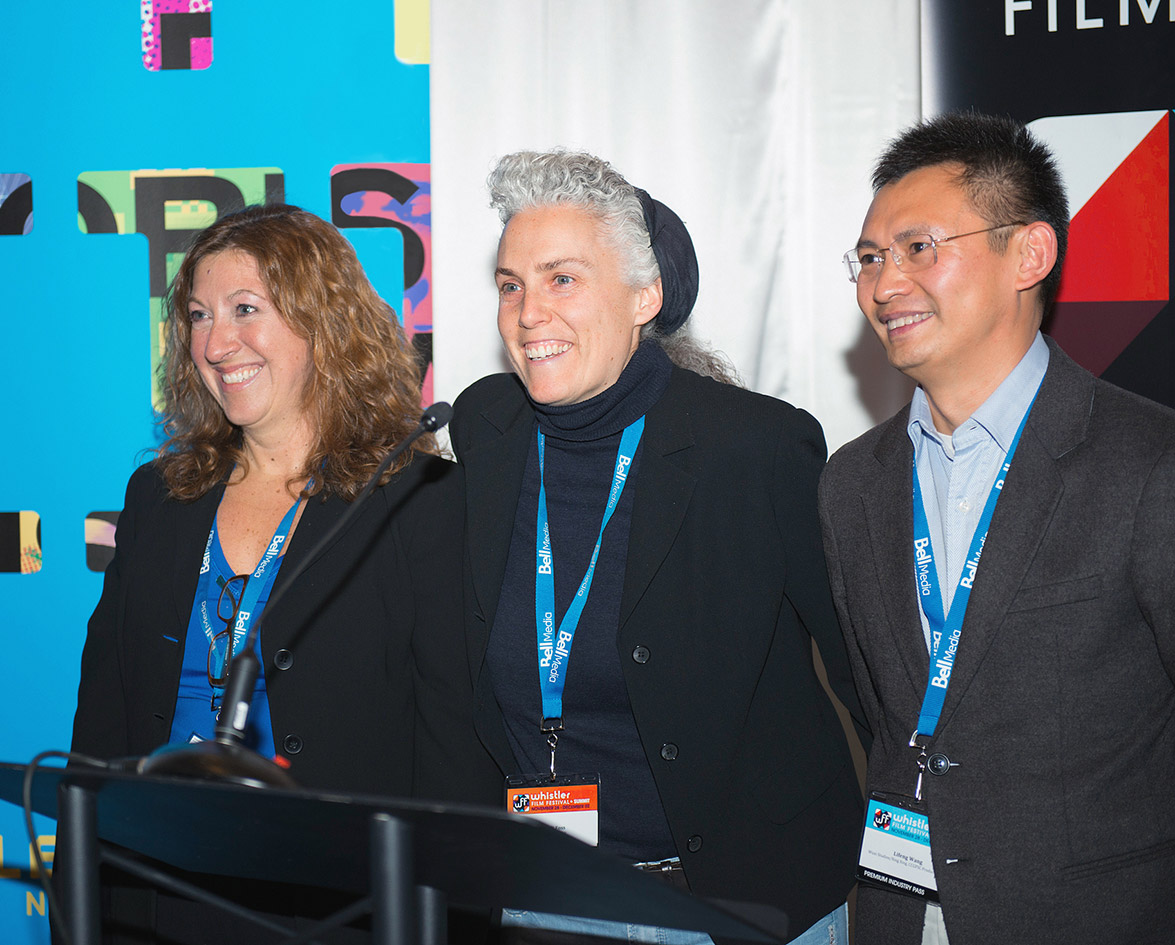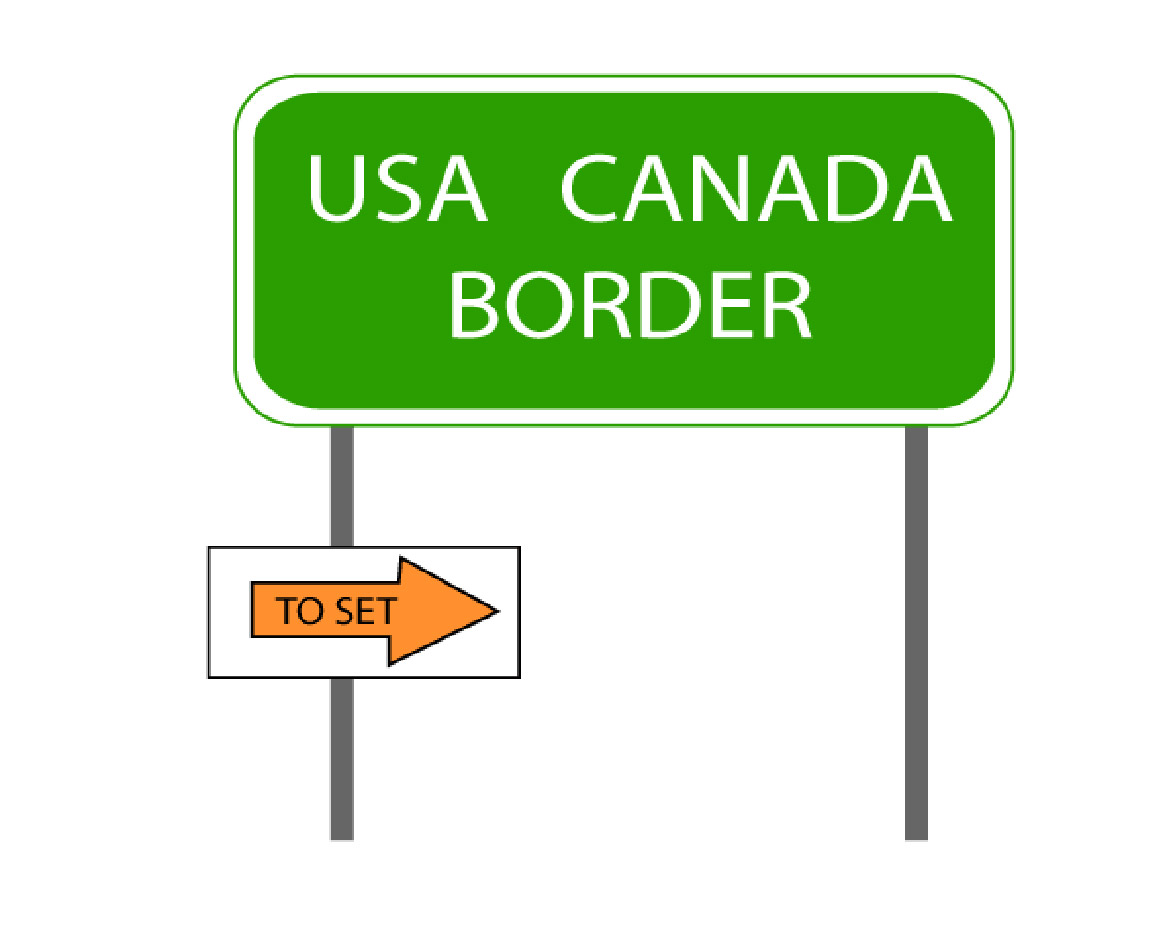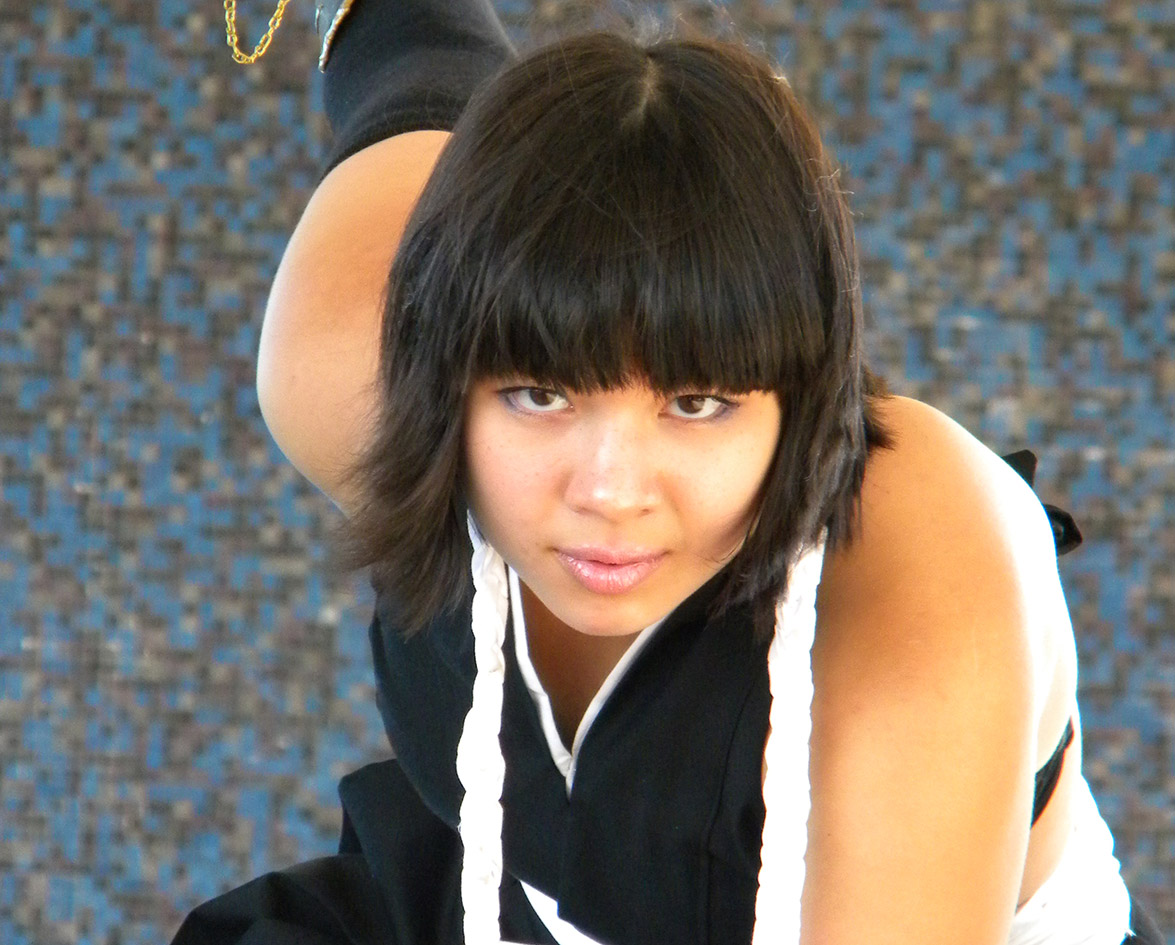The giant ape, dwarfed by the looming skyscraper, scales the Empire State Building. Overhead, four planes circle the primate who is now at the tower’s peak, clutching a squirming Fay Wray. He puts her down, beats his chest, and flails at the attacking planes. The ape is hit. Hit again. And again. He picks Wray up one last time before setting her down gently, caressing her as the final blow comes. Then, he falls.
This is the most memorable scene in an iconic film. King Kong celebrates the eightieth anniversary of its original release this year. The story of the world’s most well known giant ape has been told time and again. Its sequel came right on the heels of the original U.S. film with Son of Kong in 1933, followed by a remake in 1976, and another more recent remake in 2005.
The Legend
But the history of King Kong may go beyond its American origins. Legend has it that another Kong film was made in Japan the same year as the U.S. original. The film Wasei Kingu Kongu (1933), literally translated as “Japanese King Kong,” is said to have been a knock-off of the American version, made to exploit the original film’s success in Japanese theatres. In 1938, another Kong film entitled Edo Ni Arawareta Kingu Kongu: Henge no maki (King Kong Appears in Edo) was made. Neither of these films was likely to have been seen outside of Japan.
The existence of these fabled Japanese Kong films has sparked a dialogue among film history buffs. While most audiences regard 1954’s Gojira (Godzilla) to be the first Japanese kaiju film (referring to the “monster” or “giant monster” subgenre of science fiction), Wasei Kingu Kongu suggests the presence of kaiju films in Japan 21 years earlier than Godzilla. It also comes roughly three decades before the Japanese films King Kong vs. Godzilla (1962) and King Kong Escapes (1967), which are widely considered to be Japan’s first ventures into the Kong movie franchise.
The Reality
The unfortunate reality is that we may never know the truth about the 1930s Japanese Kong films. They remain almost as mythical as the character of King Kong himself, belonging to a group of early Japanese films believed destroyed by the Allied atomic bombings of World War II.
Like most science fiction films, post-World War II Japanese kaiju films reflect the fears of the contemporary masses: in this case, the world after the atomic bomb. Japanese films Godzilla (1954), Rodan (1956), and Mothra (1961) typify the gigantic, mutant creatures created as a result of nuclear experiments gone wrong. The earlier Wasei Kingu Kongu (1933) and Arawareta Kingu Kongu (1938) may have predated the atomic origins of the monster mutation. However, like its kaiju successors and science fiction films at large, they raise the question: who are the real monsters?
While films of the kaiju subgenre mostly come from Japan, kaiju’s appeal extends far beyond the country’s borders to those around the Pacific Rim. Guillermo del Toro’s Pacific Rim is evidence of this. Released in July 2013, this highly anticipated U.S. science fiction blockbuster shows gigantic monsters rising from the depths of the Pacific Ocean to be battled by soldier-piloted giant robots. This is yet another affirmation of what kaiju has been suggesting all along: it is we who create the monsters.





